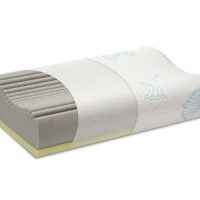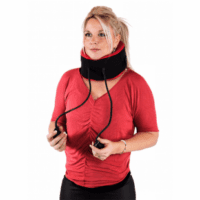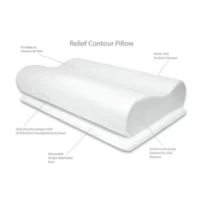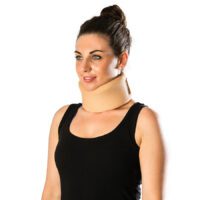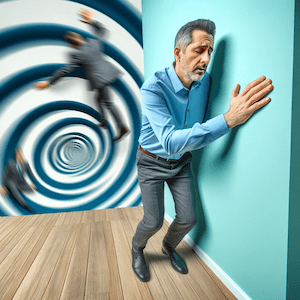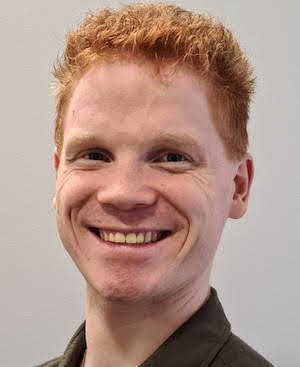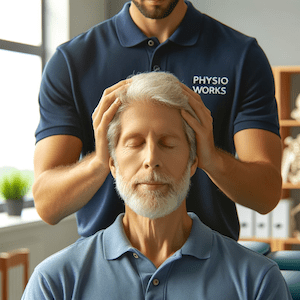Article by John Miller
Managing Severe Neck Pain
When Should You Be Concerned About Neck Pain?
Experiencing neck pain or stiffness is a common issue that can significantly impact your daily life. This discomfort might manifest as sharp pain, dull aches, headaches, or even complete restriction in moving your head. However, it's reassuring to know that most neck pain is mild and often resolves with simple treatments.
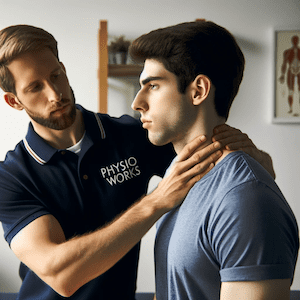

Identifying Serious Neck Conditions
While it's true that most neck pain isn’t serious, it’s crucial to properly diagnose its cause. This step ensures that your physiotherapist or doctor can provide the most effective treatment. In cases of severe neck pain, immediate professional consultation is advised.
Urgent Cases: When Immediate Action is Needed
In certain situations, neck pain can signify a more severe condition, such as spinal fractures or nerve damage. If you’ve been in an accident or experience intense pain, immediate medical attention is necessary.
The 3 General Red Flags of Neck Pain
Be alert to these warning signs:
- Persistent or worsening pain.
- Discomfort lasting several weeks.
- Presence of at least one other red flag symptom.
Red Flags: Symptoms to Watch For
If you experience any of the following, seek professional advice promptly:
- Pain upon light tapping on the spine.
- Unexplained dizziness, nausea, or vomiting.
- Sudden severe headaches or “thunderclap headaches”.
- Symptoms of meningitis such as severe headache, neck stiffness, fever, or altered mental state.
- Unexplained fevers or chills.
- Remote symptoms like poor hand coordination, weakness, numbness, or gait awkwardness.
Understanding Remote Symptoms
Neck pain may be accompanied by symptoms affecting other parts of the body. These include coordination issues, weakness, numbness, or unusual pains. Weight loss without dieting can also be a concern, potentially indicating a more serious condition like cancer.
Recognising Vascular and Autoimmune Symptoms
Neck pain could be a precursor to more severe conditions like strokes or autoimmune diseases. Key indicators include throbbing pain, family history of autoimmune diseases, morning stiffness, and symptoms in various joints.
What to Do: Seeking Professional Advice
If your neck pain is accompanied by any of the aforementioned symptoms, or if you feel generally unwell, it's important to seek professional medical advice. Your doctor or physiotherapist can offer tailored advice and treatment options, addressing both the pain and its underlying causes.
Conclusion
Neck pain, while common, can sometimes be a symptom of more serious health issues. Recognising the warning signs and seeking timely professional advice is crucial for effective treatment and recovery.
For more detailed information and to book an appointment, visit PhysioWorks.
Remember: Your health is important. Don't ignore persistent or severe neck pain. Consult a physiotherapist to understand the best course of action for your specific condition.
Book an Appointment Online 24-hours
Related Articles
For more information and to understand the latest research and treatments for neck pain, refer to the articles available on the PhysioWorks website: Neck Pain Articles.










